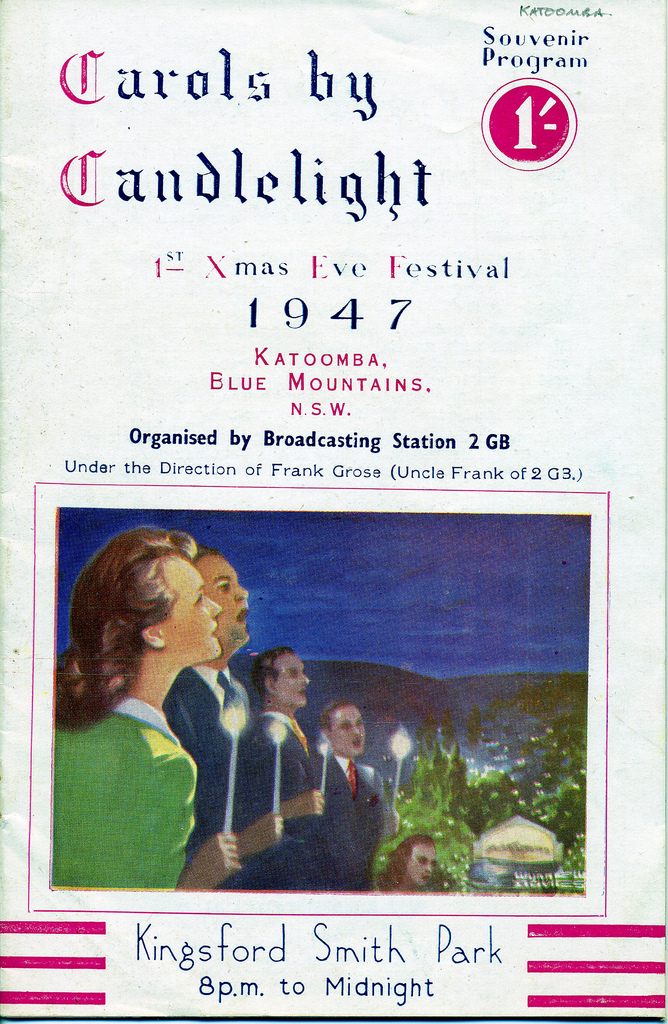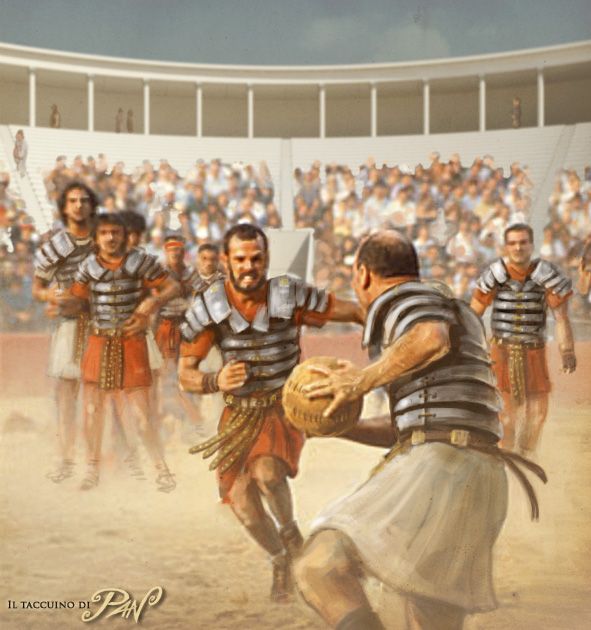
Inexpensive pottery such as this china fairing lidded dish were popular fair and carnival prizes and souvenirs in the 19th century
I’ve just started work on a new story, The Mistress; it’s a historical romance with a difference. Instead of featuring beautiful jewels and sumptuous gowns, this tale is going to focus on the folk downstairs – the servants, not the gentry.
And it’s not as easy as it seems! We have plenty of depictions of what life was like for the well-to-do, but less of the those who occupied less privileged stratas of society.
But I’ve always been of the belief that human nature doesn’t change and those who lived from week to week aren’t much different from those of us today who are also employed.

Glass Whimseys in the shape of top hats. An inexpensive ornament within the reach of the working classes of the 19th century. These were made at the end of the working day from molten glass left over at the end of a shift.
Sure, if your annual salary is between £15 and £20 a year, you don’t have a lot of cash to spend on fripperies. But who doesn’t love a little ornament just for the sake of having something pretty?
The industrialisation of the late 18th and into the 19th century brought mass manufacturing and therefore items way out of the reach of the working class, were now suddenly affordable.
But then, as now, our eyes always gravitate to something bright and shiny. And if you’re like me, you have a special susceptibility to whimsical things when wandering around a market or a fair.

Just for fun. This object serves no other purpose but to look pretty and amuse. This is an example of a China Fairing.
Our friends downstairs felt exactly the same way and it was at these fairs and carnivals they could treat themselves to something frivolous and fun for just a few pennies, or by winning it in a game of skill.
These objects, glass whimseys and china fairings, were inexpensively made.
The glass was thin and made from glass left over at the end of a shift and were frequently made into top hats, trumpets, pipes, paperweights and even walking canes.

Pipes of all shapes and sizes, a candy-striped vase, a small gavel are other examples of glass whimseys. Another popular end-of-day glass manufacturing object were glass rolling pins which might be given as a gift to a newlywed couple.
China fairings were cold painted and sometimes crudely rendered. They took the form of something as practical as a pin box, or as emphemeral as a statue, often with a humorous or risque scene.

Hubby gets spanked after coming home (probably drunk) at one o’clock. Is that a smile on the missus’ face?
Among the best known for these types of wares was Staffordshire potteries.
And because these objects were inexpensive, they were subject to breakages and suffering the whims of fashion and as a result few of them exist today and as a result fetch a price at market and auction that would have had our working class friends of the 19th century shaking their heads.

Even these pieces of inexpensive, broken bits of glass have value even in this condition because they give us an insight into a world forgotten and sometimes under-valued.
Created for book lovers
Join Elizabeth’s Library Book Club today for free reads, exclusive excerpts, competitions and more![/vc_column_text][mk_button corner_style=”rounded” size=”medium” url=”http://box5218.temp.domains/~lizabga3/index.php/homepage/book-club/” target=”_blank” align=”center” margin_top=”6″ animation=”fade-in” bg_color=”#ff0202″]Join Now!
[/mk_button][/vc_column][/vc_row]

